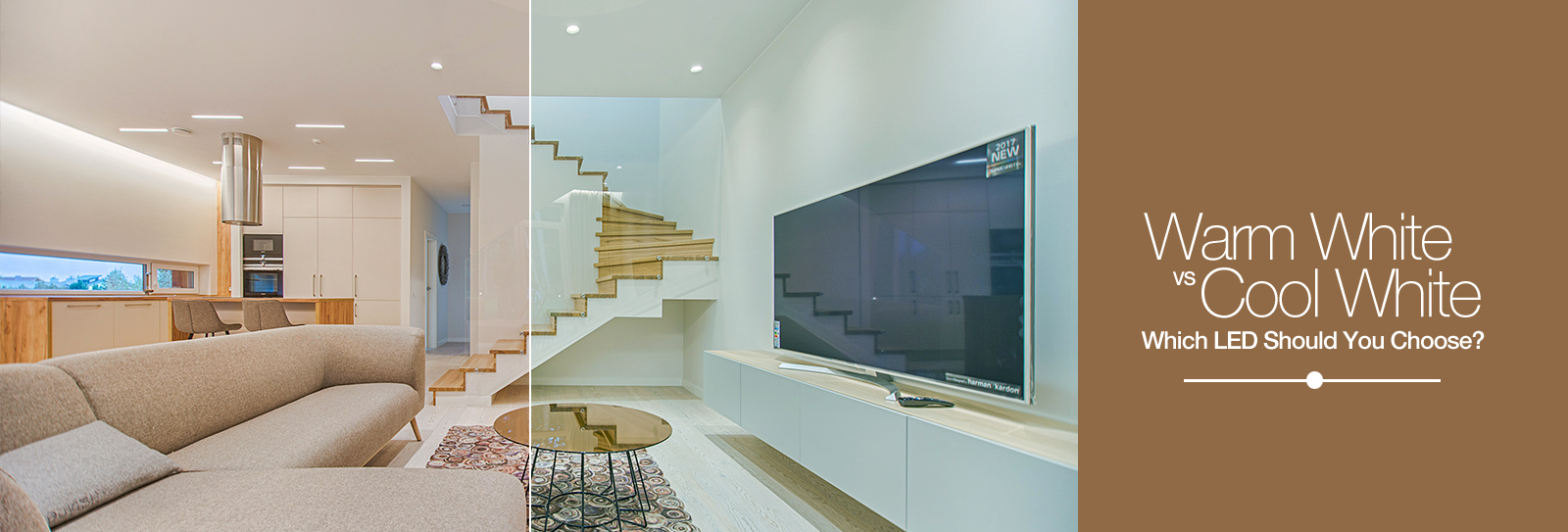Warm White vs Cool White: Which LED Should You Choose?
You’ve probably heard the words warm white vs cool white being used while discussing lighting but ever wondered what it really means? There are mainly three types of white light available while choosing a bulb for your home- warm white, daylight and cool white and the temperature they emit is measured in Kelvins- a numeric scale.
Unlike incandescent and halogen bulbs, LED lamps actually come in a variety of colour temperatures, allowing you to choose one based on the mood you want to set. But why does this even matter and what is the importance of knowing the difference between warm white vs cool white?
Importance of Colour Temperature
The importance of colour temperature while lighting your home cannot be emphasised enough and is crucial for a balanced interior design. Here are a few reasons why you need to consider the temperature of your bulbs before choosing them:
-
Sets the right mood
Having the right colour temperature illuminate your space can do wonders to set the right mood. For example,. if you light your bedroom with warm light, it makes the space appear more cosy and inviting.
-
Improves the aesthetics
You could have the most beautifully decorated living room but the wrong choice between warm white vs cool white coloured bulbs can ruin the entire look and feel. Choosing the right coloured bulbs can improve the overall aesthetics of your home
-
Enhances and optimises vision
The right colour temperature can also improve the visibility of the entire space and energises the space to perform tasks better with perfectly clear vision.
Warm White vs. Cool White vs. Daylight
Warm White
Possibly the most common choices for residential spaces, warm white bulbs emit a yellowish glow while illuminating a room. A warm white light usually measures between 2000K to 3000K and they help create a subtle glow across the room.
Suitable For: If you are wondering which colour light is best for bedroom, then warm bulbs are your best choice. They are also ideal for living rooms, hallways, patios and dining rooms to create a relaxed mood.


